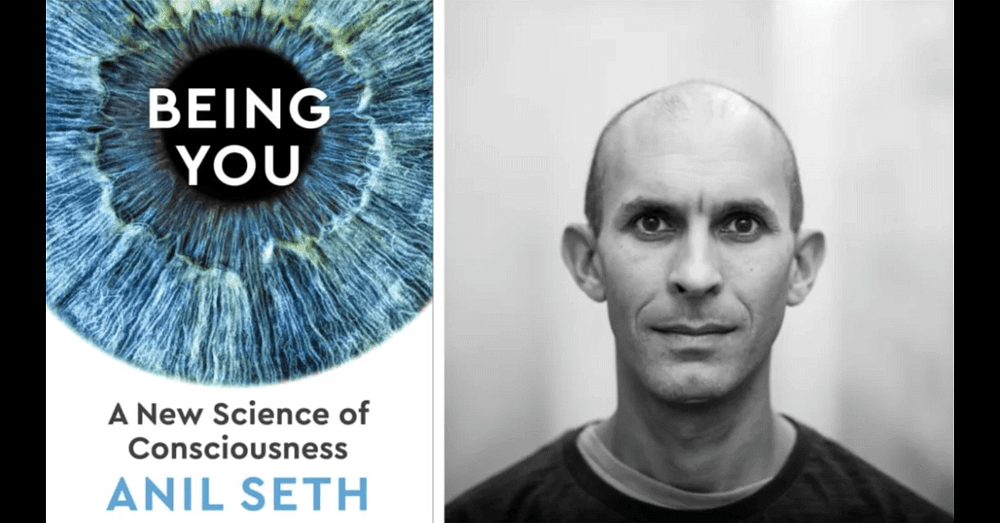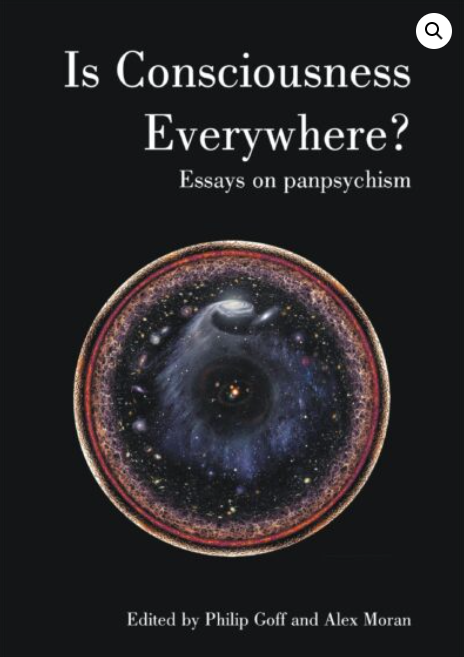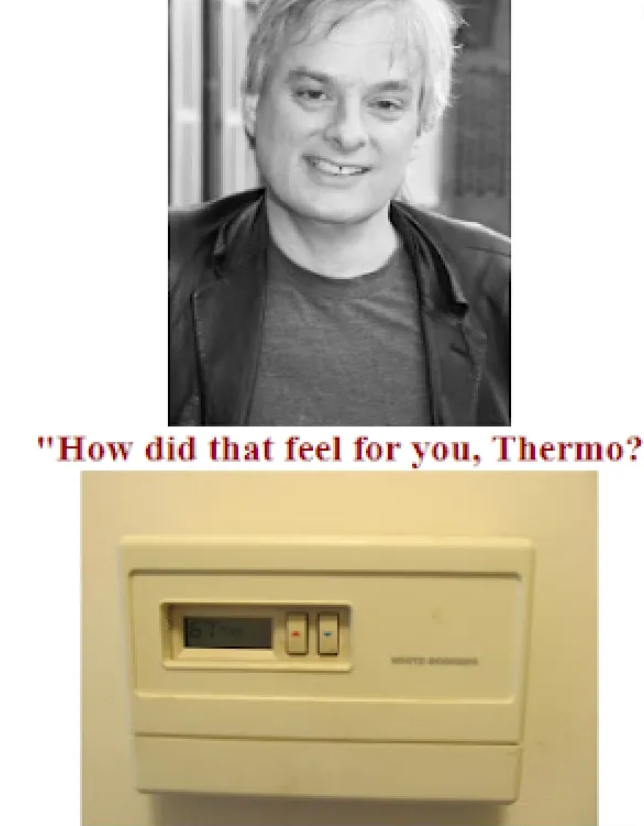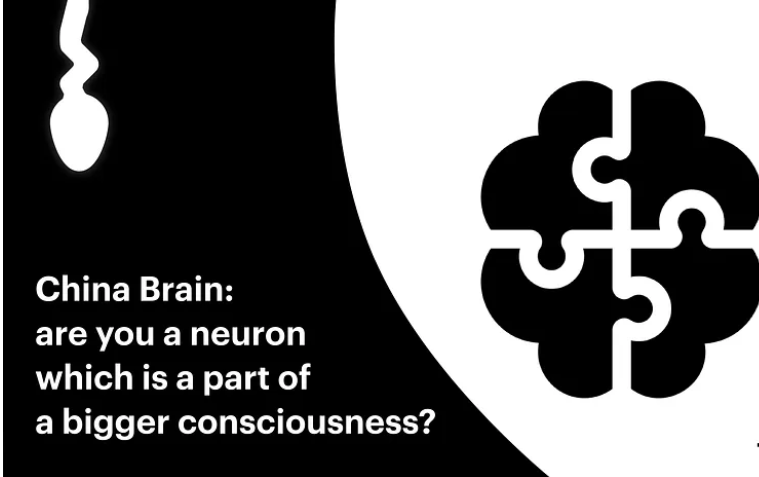
Introduction
Firstly, let me quote the British neuroscientist Anil Seth offering his broad view of panpsychism. He writes:
“Panpsychism is the idea that consciousness is a fundamental property of the universe, alongside other fundamental properties such as mass/energy and charge; that is present to some degree everywhere and in everything.”
Seth then immediately tackles the subject of “silly” panpsychism when he continues with the following words:
“People sometimes make fun of panpsychism for claiming things like stones and spoons are conscious in the same sort of way that you and I are, but these are usually deliberate misconstruals designed to make it look silly. There are more sophisticated versions of the idea [].”
More relevantly to this essay, an important way of linking panpsychism to integrated information theory (IIT) can be seen when comparing Seth’s words that
“[p]anpsychism is the idea that consciousness is a fundamental property of the universe”
to his words (written elsewhere) that integrated information theory
“also implies that *information itself* exists — that it has some definite ontological status in our universe — a status like mass/energy and electrical charge”.
Here we have two rival views as to what is fundamental in the universe…
Or are they rivals?
Integrated Information Theory and Panpsychism

Integrated information theorists don’t believe that all (physical) entities (or “systems”) instantiate consciousness. The main reason for this is that not every… thing has the required level of integrated information to be conscious.
In broad and general terms, most integrated information theorists (along with Anil Seth himself) emphasise complexity and integration. Thus, unlike panpsychists, they also focus almost entirely on biological brains.
Seth offers his readers his own technical take on integration, information and complexity when he cites the example of the molecules in a gas. He claims that this
“kind of system has maximum information — maximum randomness — but shows no integration at all, because every element is independent from each other”.
On the other hand, we also have Seth’s other example of a “crystal lattice”. In this case, “all the elements do exactly the same thing”. Thus, here we have
“maximum integration, but almost no information, because there are very few possible states that the system can be in”.
Interestingly enough, the physicist Max Tegmark also mentions gases. And he too uses integrated information theory to distinguish conscious matter from other physical systems such as gases, liquids and solids. Indeed, he backs up both Anil Seth’s and Giulio Tononi’s position when he tells us that consciousness is dependent upon “information, integration, independence, dynamics, and utility principles”.
Now let’s tackle panpsychism more broadly.
Panpsychism

The problem with arguing that consciousness (or experience) is integrated information, and that information is everywhere, is that even very simple objects (or systems) must instantiate (or contain) a degree of (integrated?) information. Therefore, such basic objects must also have a degree of consciousness. Or, in the language of integrated information theory, all such objects (or systems) must have a “φ value”.
Perhaps, then, we’ve entered the territory of panpsychism here.
Not surprisingly, Giulio Tononi’s position does touch on panpsychism — even if his position isn’t identical to that of panpsychists. That said, he’s written conflicting things about this particular philosophical ism.
For example, Tononi wrote the following words:
“Unlike panpsychism, however, IIT clearly implies that not everything is conscious.”
Despite all that, and to repeat, IIT has it that even basic objects have a nonzero degree of Φ. This would mean that consciousness is almost everywhere — if only to a rudimentary degree (as with the “proto-experience” of panpsychists).
In any case, the argument that IIT is not a kind of panpsychism is at odds with what the philosophers David Chalmers and John Searle believe. They do take IIT to be a form of panpsychism. [See here and here.] What’s more, the German-American neurophysiologist and neuroscientist Christof Koch (Giulio Tononi’s co-worker) has even claimed that IIT is a “scientifically refined version” of panpsychism.
In any case, if we accept a strong — indeed a necessary — link between consciousness and integrated information, then an ant or a virus must have a “non-zero degree of consciousness”…
Indeed, this could be true of a thermostat too!
David Chalmers on Conscious Thermostats

In his ‘What is it like to be a thermostat?’, David Chalmers writes:
“[Thermostats] take an input, perform a quick and easy nonlinear transformation on it, and produce an output.”
What does Chalmers mean by the word ‘information’ when it comes — specifically — to a thermostat?
Basically, heat and cold (i.e., all variations in temperature in a given environment) can be seen as bits of information. However, are heat and cold information for a thermostat? More relevantly, does that even matter in this IIT-panpsychism context?
Or is it the case that the actions (i.e., cases of processing) which are carried out by the thermostat constitute information? Alternatively, perhaps it’s the physical nature of a thermostat (its mechanical and material innards) that constitutes its information.
In terms of the thermostat at least, surely information is information-for-us, not information for the thermostat itself. After all, a thermostat responds to changes in temperature because we’ve designed it to do so…
Nonetheless, whatever a thermostat is doing (even if designed), it’s still doing. That is, the thermostat is acting on changes in temperature. (When it’s hot, it does one thing. And when it’s cold, it does another thing.)
Thus, does a thermostat have (to use John Searle’s term) as-if information? Or does it have real (first-order) information? In other words, does the fact that a thermostat is designed by human beings automatically stop it from having experiences which are themselves determined by its informational innards and/or nature?
To move away from thermostats.
Does the fact that a computer (or robot) is designed by human persons — and created out of synthetic materials — create any necessary or automatic problems for artificial consciousness?
After all, humans are also — in a strong, if metaphorical, sense — designed by their DNA, and we certainly have experiences.
Thermostats are designed by human persons: do the former have experiences too?
David Chalmers also tackled (way back in 1996) the case of the artificial neural network NETtalk, and asked us whether or not it does (or could) instantiate conscious experience. He wrote:
“NETTALK, then, is not an instantiation of conscious experience; it is only a model of it.”
John Searle had something to say on thermostats too:
“I say about my thermostat that it perceives changes in the temperature [].”
This means that this is Searle’s way (as with Daniel Dennett) of taking an intentional stance towards thermostats. That is, we can treat them — or take them — as being intentional objects. We can also take them as as-if intentional objects.
On Searle’s view, then, the as-if-intentional nature of thermostats is derived from the fact that these inanimate objects have been designed to (as it were) perceive, know and act. However, this is only as-if perception, as-if knowledge and as-if action. (All this involves as-if information too.) Thus, such things are dependent on human perception and human knowledge. Yet such as-if perception, as-if-knowledge and as-if-action require real — or “intrinsic” — intentionality.
This must mean that Chalmers’ thermostat has a degree of as-if intentionality too, which is derived from (our) intrinsic intentionality.
Now let’s jump from conscious thermostats to conscious nations.

The following passage is Anil Seth’s reference to the China brain thought experiment:
“The China brain thought experiment considers what would happen if each member of the Chinese nation were asked to simulate the action of one neuron in the brain, using telephones or walkie-talkies to simulate the axons and dendrites that connect neurons. Would this arrangement have a mind or consciousness in the same way that brains do?”
So, according to Seth, at the other end of the scale it’s also the case that “an entire country [could] be conscious”. What’s more, if that were the case, then we’d also need to decide if “one country [could] be more conscious than another”.
Let’s now move on from integrated information, and simply tackle information itself.
Is Information Fundamental?

Anil Seth discusses the idea that integrated information theorists see information as being fundamental. He writes:
“[A]nother weirdness of IIT is that by making the strong claim that PHI *is* consciousness, IIT also implies that *information itself* exists — that it has some definite ontological status in our universe — a status like mass/energy and electrical charge.”
There are problems with this position.
The science writer Philip Ball quotes the words of the physicist Christopher Fuchs to express some of these problems. Firstly, Ball writes:
“Christopher Fuchs sees these insights as a necessary corrective to the way quantum information theory has tended to propagate the notion that information is something objective and real — which is to say, ontic."
Ball then quotes Fuchs directly:
“‘It is amazing how many people talk about information as if it is simply some new kind of objective quantity in physics, like energy, but measured in bits instead of ergs. You’ll often hear information spoken of as if it’s a new fluid that physics has only recently taken note of.’"
Finally, Ball sums up this issue with the following words:
“In contrast, [Fuchs] argues, what else can information possibly be except an expression of what we think we know?”
That passage can be read as arguing that stuff gives off information, rather than stuff actually being information in and of itself.
Yet this position conflicts with what some philosophers and physicists believe. That is, such people believe that information is in no way mind-dependent. Indeed, they believe that information is information regardless of minds, persons, observers, experiments, tests, etc.
So Fuchs is (at least partly) at one with the philosopher John Searle in rejecting this hypostatisation of information.
That said, information may well become (what Searle calls) information-for-us for such information-based physicists. Yet it’s still regarded as information even before it becomes information-for-us.
There is a midway position here, as expressed by the theoretical physicist Carlo Rovelli.
Rovelli writes very loosely about information here:
“[T]he white ball ball in my hand is black. We’re dealing with physical facts, not mental notions. A ball has information, in this sense, even if the ball does not have mental states, just as a USB storage device contains information [].”
More directly on the theme of observers or scientists:
“But the effective way of continuing to exist in a changing environment is to manage correlations with the external world better, that is to say, information; to collect, store, transmit and elaborate information.”
Thus, information can be seen as being fundamental, and it can be tied to minds or observers too.
What’s more, some readers might have spotted that these passages from Rovelli tie in with Philip Ball’s earlier fundamental question:
“[W]hat else can information possibly be except an expression of what we think we know?”
In other words, these commentators certainly don’t believe that information is (to use the words of Christopher Fuchs again)
“simply some new kind of objective quantity in physics, like energy”.









No comments:
Post a Comment